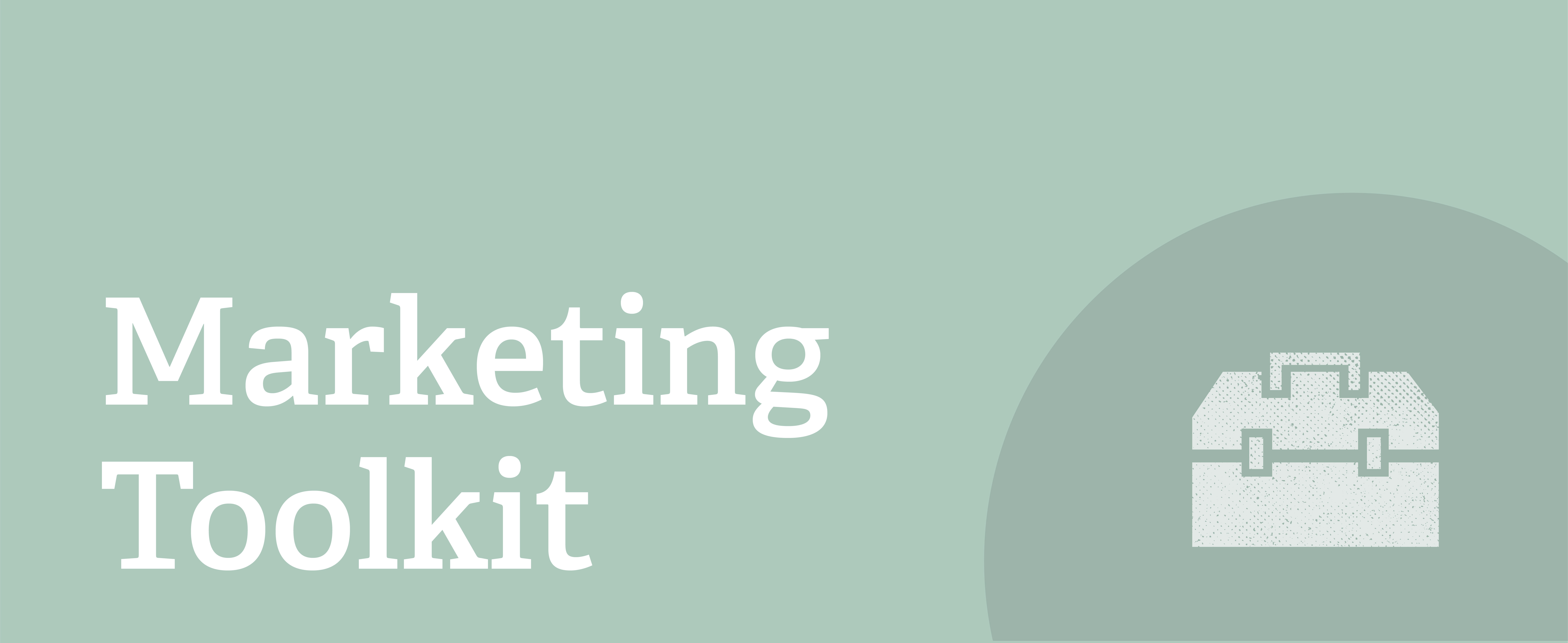An Introduction to Organic Search
What is SEO?
Search engine optimization (SEO) is a discipline of digital marketing which uses content, keywords, and technical configurations to help a webpage appear and rank better in search results.
How does SEO work?
When a search engine like Google visits your website, it looks at a variety of indicators to learn what your pages are about, how authoritative they are on each topic, and how easy they are to use. A few of those indicators include:
- Content (is it relevant, original, link-worthy, and easy to understand?)
- Mobile-friendliness (how well does it perform on a phone?)
- Accessibility (can all users view and interact with this content?)
- Page speed (how long does it take a page to load?)
- URL structure (are URLs descriptive and subfolders organized in a hierarchy?)
- Domain trust (has this website existed on this domain a long time?)
Fortunately, many of the things that make a webpage better for search engines also make it better for humans. For this reason, SEO integrates deeply with design, UX planning, content strategy, and web development.
What role does SEO play in your marketing strategy?
Successful digital marketing begins with a well-designed website that communicates clearly and compels users to take action. During the development of the website, careful attention to technical SEO factors like URLs, accessibility, and page speed is critical.
Once that’s in place, it’s important to adopt healthy SEO habits; the ongoing work that earns bigger audiences through organic (i.e. non-paid) search. Examples of this include a strong content strategy, regularly updated content, proactive monitoring, and analysis.
How will you know if your SEO is working?
First, ensure your website is being tracked and those results are monitored. Then, schedule regular reporting and analysis to test your strategy and improve your ongoing work. Finally, keep an eye on specific indicators, like share of organic search relative to other channels, frequency and recency of sessions, bounce rate, and conversion rate.
Keep Reading
Learn more about related tools, methods, and best practices in the Marketing Toolkit:
